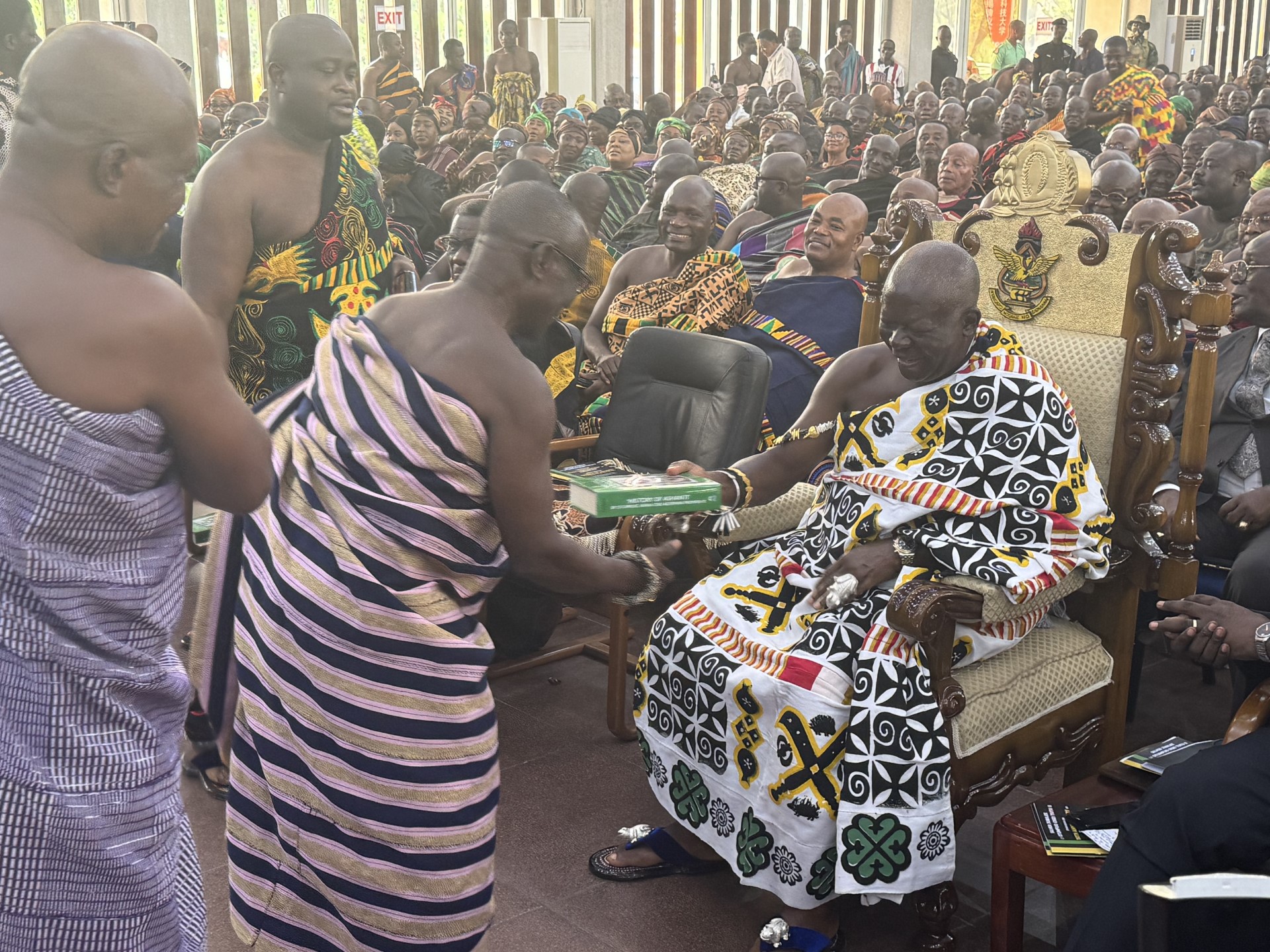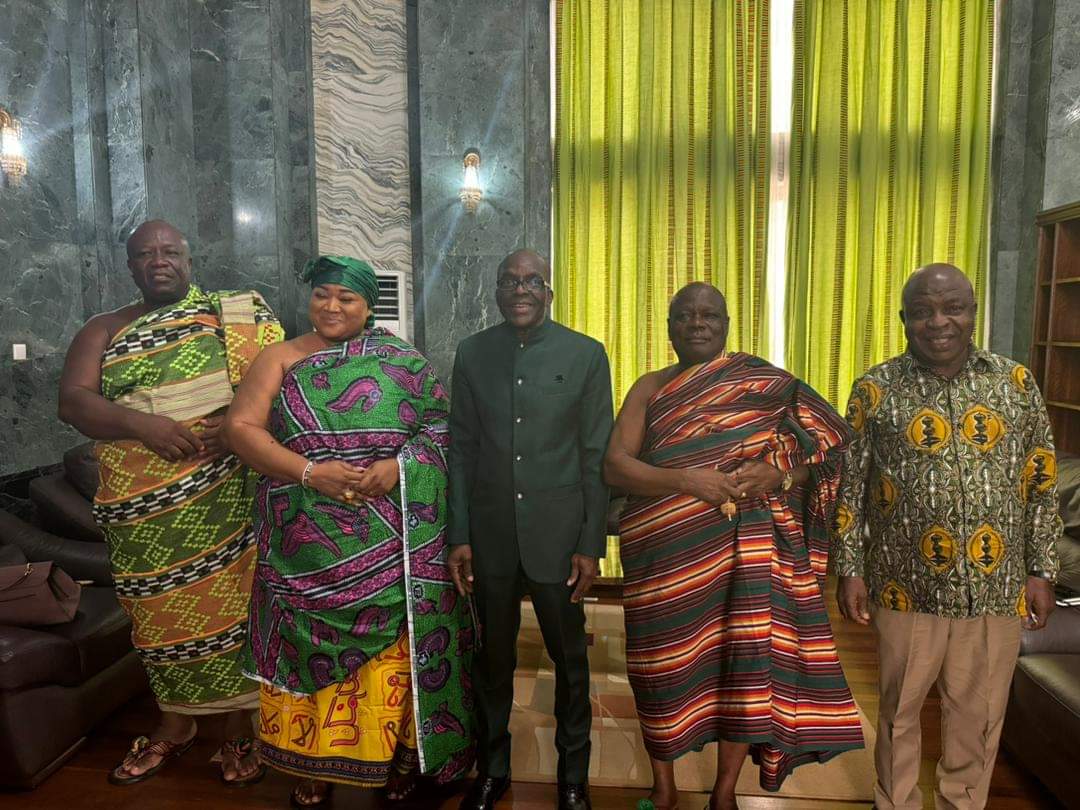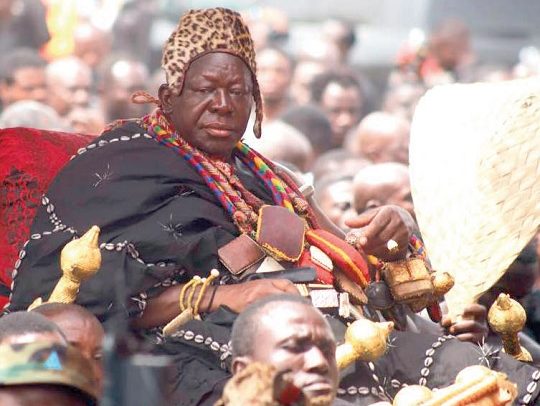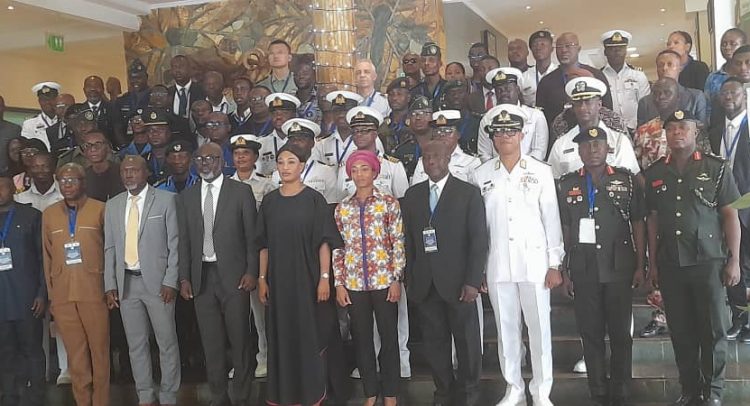
The Minister for Education, Dr Osei Yaw Adutwum, has called on Ghanaians and the Ashanti Kingdom in particular to show a real sense of patriotism towards leadership, as was done during the ‘Sargerenti war’ of 1874.
Speaking at the launch of ‘History of Ashanti’ book to commemorate 150 years of the ‘Sargerenti War’ in Kumasi, yesterday, he said the book is all about patriotism and individuals who were willing to pay the ultimate price so that their kingdom will survive.
“This is a book which must be read, it teaches us a good lesson of how we must even die for our kingdom. Stories of promises made and kept. So much humanity, a kingdom that we have to learn from in order to create a better world, a better nation,” he said.
 The book chronicles clashes between the Asante and the British army, led by Sir Garnet Wolseley, where scores of people died with hundreds of injuries.
The book chronicles clashes between the Asante and the British army, led by Sir Garnet Wolseley, where scores of people died with hundreds of injuries.
The signing of a treaty at Fomena between the then Asantehene, H.M. Kofi Karikari and Queen Victoria brought the war to an end, with the restoration of mutual understanding between the two kingdoms.
The book “History of Ashanti” chronicles events of 1874, 1896 and 1900.
Dr Yaw Adutwum, who was happy that he was chosen by Asantehene to launch the book said, “Your Majesty, the last time I had one-on-one meeting with you, I went home and told my Mom that I have met the King of the Asante.
“Then she started jubilating that my son has met Otumfuo, so if my Mom was to be alive today and if she sees me on TV, she would have said today my son is launching a book written by Otumfuo Sir Osei Agyemang Prempeh II. Today is a very great day for me.”
He thanked Asantehene for giving him the opportunity “and it is my prayer that all of us will pick this book. It is also my prayer that other authors of children’s books will begin to write children’s version of it, so that our children will begin to know more about this great kingdom.”
HISTORY OF ASHANTI – SYNOPSIS
The book is a concise autobiography of the author, Otumfuo Sir Osei Agyeman Prempeh II, the 14th Asantehene.
Overseeing an illustrious research committee of nine, which included the likes of Barima Kwadwo Owusu Ansah, C.E Osei, J.W.K Appiah, I.K Agyeman, Oheneba Boakye Dankwa (Akyempemhene), Edward O, George Asafu-Adjaye and Kyeame Baffour Akoto.
The work started in 1939. Alex Atta Yaw Kyerematen, another local intellectual, was later added to gather the research material and prepare a typescript from 1944 to 1946

It would take a little more than half century and the hard work and dedication of notable historians like Prof Adu Boahen, Prof Emmanuel Akyeampong and Prof. McCaskie, coupled with the ardent support of Otumfuo Poku Ware II and Otumfuo Osei Tutu II, to discover and compile the original writings and typescripts to finally produce the “History of Ashanti”.
Otumfuo Osei Agyeman Prempeh II gives an account of the events preceding his birth, when a leopard appeared in Kumasi 3 days before he was born. This earned him the name Kwame Kyeretwie.
His other names were Osei Kwame, Osei Tutu, Kwame Kyeretwie and then Edward Prempeh Owusu, as he was also known after his baptism into the Wesleyan-Methodist church in 1911.
Tete ka as?m (‘Ancient things remain in the ears’).
The publication of the History of Ashanti transcends this famous Asante saying. The truth is now known to us all.
As the first most educated Asantehene, he placed much emphasis on education as the bedrock to national development and advancement.
As a young adolescent, Osei Kwame came to realise that literacy and numeracy furnished by western education were indispensable keys to survival and future prosperity. This was before the Sustainable Development Goals declaration by the United Nations.
He was a founding member of AKUS (Asante Kotoko Union Society) whose objects were about moral, civic and economic improvement within Asante nationalist framework.
Otumfuo gives an account of Asante origins and connections with biblical 12 tribes of Jabob and their subsequent migration through the Middle East to the present habitation in Asanteman.
Readers also are given extensive details of the reigns of the previous 13 Asante Kings from Otumfuo Osei Tutu I to Otumfuo Agyeman Prempeh I, and he concludes with a brief note of his reign and the restoration of the Asante Confederacy on 31st January 1935, when he proclaimed to Asanteman that UNITY IS STRENGTH.
There have been many writings about Asante history but the “History of Ashanti” by Otumfuo Sir Osei Agyemang Prempeh II is the most comprehensive and definitive history of the Ashanti Kings, the people of Asanteman and their dealings with their neighbors in pre-colonial Gold Coast and European colonialists.
Students of Literature, History and the Arts will find in the “History of Ashanti” a wealth of material to enrich their knowledge. It will also stimulate research to add to enrich this volume.
It is a must read for all and sundry and should find its way into every home, library, educational institution and bookstores.
Otumfuo Sir Osei Agyeman Prempeh II considered this publication his greatest wish and it is now displayed before us to get hold of a copy and explore its contents.
The post Adutwum Calls For Patriotism … As he launches History of Ashanti book to commemorate 150yrs of ‘Sargerenti war’ appeared first on The Chronicle News Online.
Read Full Story




























Facebook
Twitter
Pinterest
Instagram
Google+
YouTube
LinkedIn
RSS